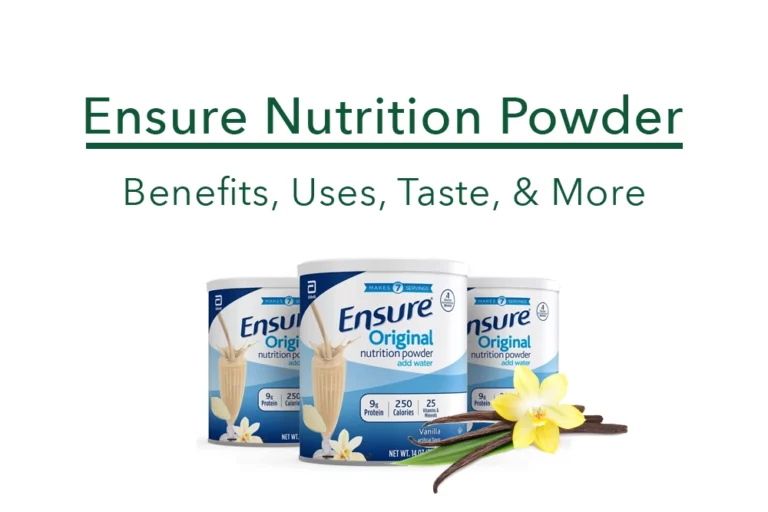The Best Soft Foods to Eat When Chewing Hurts
We include links to products that we think our readers will find useful. If you buy through links on this page, we may earn a small commission. Learn about our process.
The first step of the digestive process starts with chewing.
Chewing breaks food into smaller particles and mixes them with saliva to form a bolus or rounded mass for swallowing.
However, whether because of teeth problems, ill-fitting dentures, or an oral procedure or surgery, chewing can be painful or uncomfortable for many people.
In these instances, eating soft foods can make chewing less painful and more enjoyable.
This article provides a list of soft foods to eat when chewing hurts as well as a soft foods diet sample menu.

What are soft foods?
Soft foods are normal foods that are soft, tender, and easy to chew.
They are not hard, tough, crunchy, chewy, or have stringy textures, bones, or gristle.
The foods should be soft enough for your tongue to move around and apply pressure until it is soft and moist enough to be easily swallowed.
Due to differences in chewing limitations, food that you classify as soft and easy to chew may be hard and painful to chew for someone else.
Because of this subjective nature, the International Dysphagia Diet Standardization Initiative (IDDSI) developed an objective, evidence-based way to test food to ensure it meets the criteria to be classified as soft and easy to chew (1).
To be classified as a soft food, it should pass two tests:
- Fork test. You must be able to break food apart easily with the side of a fork or spoon.
- Fork pressure test. Place your thumb at the neck of a fork and press down on the food until your thumbnail blanches to white, then lift the fork to make sure it’s squashed and does not regain its shape.
Soft foods are not for people who have an increased risk of choking or difficulties swallowing, known as dysphagia.
Who can benefit from soft foods?
Soft foods may be needed after an oral procedure or surgery, such as wisdom tooth removal, tooth extraction or filling, braces, dentures, or tonsillectomy.
Other times, soft foods may be helpful while recovering from a sore throat or needed to reduce pain from missing, broken, or infected teeth.
People who tire easily or have difficulty chewing, such as those with TMJ disorder or myasthenia gravis, can also benefit from soft foods.
Soft foods are usually only necessary for a short time. Experiencing chronic pain or discomfort with chewing means something is wrong.
However, the underlying cause for chewing difficulty or pain may not always be resolvable and some people may not have has access to or can afford the care necessary to resolve painful chewing, in which a soft food diet may be needed long term.
In either case, you can still meet your nutritional needs with a soft food diet.
Soft foods list
Here’s a list of soft foods broken down by food group:
Fruits
Choose canned and skinless, ripe fresh fruits.
- applesauce
- apricot halves, canned
- avocado, ripe
- banana, ripe
- cherries, canned
- mandarin oranges
- peaches, ripe or canned
- pears, ripe or canned
- pureed fruit without skins or seeds
Vegetables
Vegetables that are steamed or boiled until tender as well as most canned vegetables are soft foods.
- beans, canned or well-cooked
- broccoli florets, well-cooked
- carrots, canned or well-cooked
- cauliflower florets, well-cooked
- green beans, canned
- mushrooms, canned or well-cooked
- peas, canned or well-cooked
- potatoes, skinless and mashed
- squash, well-cooked
- tomatoes, canned or well-cooked
Grain products
Cooked, boiled, or well-moistened grains and grain products are soft foods.
- breads, well-moistened
- breakfast cereals, well-moistened
- crackers, well-moistened
- grits
- oatmeal
- pancakes, well-moistened
- pasta
- rice
Proteins
Well-cooked and tender meats, poultry, seafood, beans, and peas are protein-rich soft foods.
- beef, ground or shredded
- casseroles
- chicken, ground or shredded
- eggs
- fish
- high protein shakes
- meatballs
- meatloaf
- pulled pork
- roast, tender
- smooth nut butters
- tofu, tender
- turkey, ground or shredded
Dairy
Most dairy products are soft foods.
- butter
- cottage cheese
- cream
- custard
- ice cream
- pudding
- soft cheeses
- yogurt
Foods to avoid
Although many foods can be classified as soft foods if they’re cooked well, moistened, or canned, there are others that you should avoid.
Avoid foods that are:
- Hard or dry, such as nuts, and dry cakes, bread, and cereal
- Tough or fibrous, such as raw vegetables, pineapple, and tough cuts of meat
- Chewy or gummy, such as candy, chewing gum, and dried fruit
- Crispy and crunchy, such as bacon, fried foods, chips, and popcorn
When in doubt, remember to test the food using the fork test and fork pressure test to make sure it fits the bill for a soft food.
3-day sample soft foods diet menu
Here’s a 3-day sample soft foods diet menu rich in protein:
Day 1
- Breakfast: scrambled eggs with mushrooms and oatmeal topped with ripe banana slices
- Lunch: burrito bowl made with ground beef, beans, rice, salsa, and shredded cheese
- Snack: Greek yogurt and fruit cocktail without pineapple
- Dinner: spaghetti and meatballs with well-cooked broccoli florets
Day 2 (vegetarian)
- Breakfast: tofu scramble and oatmeal topped with ripe banana slices
- Lunch: vegan burrito bowl made with beans, rice, avocado, and salsa
- Snack: vegan protein shake and applesauce
- Dinner: butternut squash lasagna and a glass of soymilk
Day 3
- Breakfast: protein pancakes and canned pear slices sprinkled with cinnamon
- Lunch: pot roast with potatoes and carrots
- Snack: cottage cheese and canned peach slices
- Dinner: barbecue pulled pork mac and cheese
The bottom line
Soft foods are soft, tender, and easy to chew.
You may need soft foods after an oral procedure or surgery, due to missing or broken teeth, ill-fitting dentures, or a medical condition that causes you to tire easily with chewing.
Most people only need to follow a soft foods diet for a short period, but others may rely on soft foods long-term if the underlying reason for chewing difficulty or pain cannot be resolved or improved.
In either case, you can still meet your nutritional needs on a soft food diet since many foods are naturally soft or can be prepared in a way that makes them soft and easy to chew.






